Panasonic Lumix S5IIx review
Key specs
Type: Mirrorless
Sensor: 24.2MP full-frame CMOS
Lens mount: L-Mount
ISO range: 100-51200
Viewfinder resolution: 3.68m dot OLED
Video capability: 6K 30p / C4K 60p / 1080p 60p
Weight: 1.64 lbs / 740 g
Size: 5.29 x 4.03 x 3.55 inches / 134.3 x 102.3 x 90.1 mm
Memory card type: 2x UHS-II SD
The Panasonic Lumix S5IIx is a 24.4MP full-frame camera with some serious video credentials but is also well-suited to general photography including astro and night sky photography. We think it is one of the best cameras for low-light photography thanks to decent ISO handling and great in-body Image Stabilization (IBIS) paired with its video capabilities.
It is fair to say that video is an increasingly important feature for many photographers. With so much aurora activity during 2024, a mirrorless camera capable of capturing high-end video could be attractive to many. The Panasonic Lumix S5IIx, like most cameras these days, is highly capable irrespective of your preferred subjects, making it a great all-rounder.
It is certainly not perfect, and we will look at the pros and cons later, but with a body-only price of $2098 / £1899, it is safe to say that it’s a more affordable camera than some of its direct competitors. Budget is always a consideration, and unless you are already tied into another system with multiple lenses in your kit bag, the S5IIx could be worth your consideration.
Features of note are up to 5.9K ProRes video output, Phase and Contrast Detection AF, up to 30 FPS continuous shooting, and IBIS. This is undoubtedly a professional-level camera with everything you could need in terms of features, but it is still a great camera for enthusiasts thanks to similar handling to Panasonic’s consumer-oriented cameras.
Panasonic Lumix S5IIx: Design
- Chunky all-black design
- Vari-angle touchscreen
- Lots of direct access controls
Lumix cameras have evolved from softer and more rounded bodies in the early days to the much more angular and palm-filling cameras we see today. The S5IIx is pretty chunky and the electronic viewfinder protrudes out of the back of the body, but it is undoubtedly comfortable to hold and use. Some of its size is due to the cooling system that stops the camera from overheating when capturing professional quality video, and this is a necessity for its video output capabilities.
The body is all black with gray control labels, with the only color on the camera body being the red video record button. Even the Lumix logo on the front is black. This gives the S5IIx a sleek and stylish look, but it does come at the expense of clearly labeled controls. Whether or not you will like this comes down to personal taste. You can see the controls easily in daylight, but while in low light, it’s much more difficult.
Many manufacturers hide some commonly used functions within menus, and although the S5IIx isn’t immune to this, there are plenty of direct-access controls on the camera body for quick access. Well, quick if muscle memory has learned where they are because the gray control labels aren’t anywhere near as visible as white ones.
Build quality is excellent, and the camera is weather-sealed and freeze-proof down to 14°F / -10°C. However, Panasonic only says that it’s splash and dust-resistant. With no IP rating available, it is impossible to say how much rain and dust it can handle. Most cameras of this level are weather-sealed enough to be used in the rain, but doing so when the IP rating is unavailable is always a risk.
Panasonic Lumix S5IIx: Performance
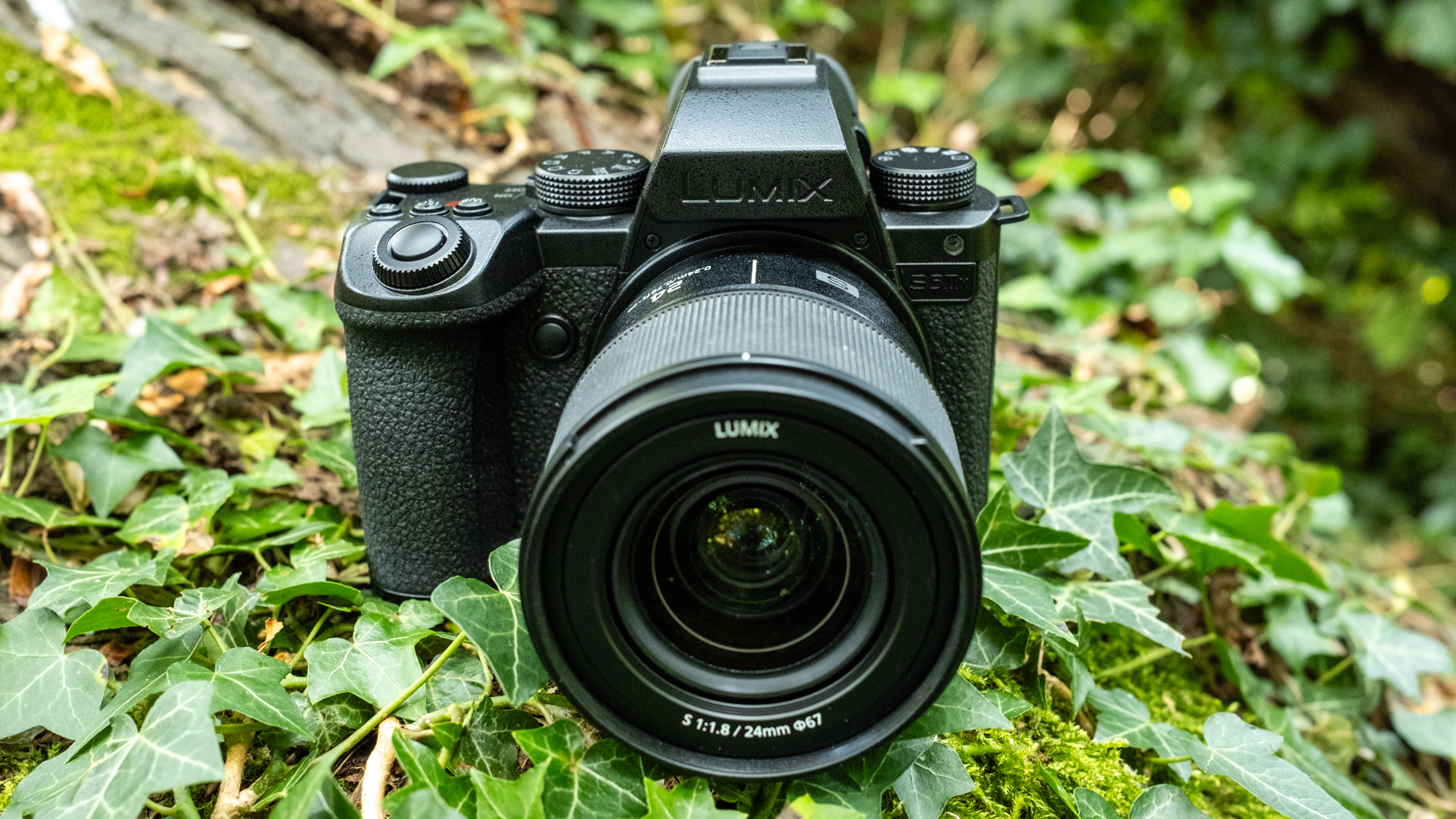
- Great overall image quality
- Large ISO range
- Impressive autofocus
Overall, image quality is fantastic whether capturing photos or video. Most cameras these days are designed to offer both stills and video capabilities. But the S5IIx is impressive, with the RAW video output options available and the highly effective Image Stabilization for smoothing handheld video alongside in-camera video capture up to 4K we think videographers will undoubtedly be happy.
For photos, the 24.2MP CMOS sensor is a little low for a full-frame camera these days, but it does provide 14 stops of dynamic range. One advantage of this lower resolution, however, is that pixels will be large, which should improve high ISO handling. Plus, the sensor is touted as having Dual Native ISO technology to minimize noise and maximize image quality with the native ISO 100 to 51,200 range, which is extendable to ISO 204,800.
With these credentials, you would naturally expect outstanding ISO performance, but it is not as impressive as the specs suggest at higher settings. Noise becomes heavy at settings above ISO 6400, with ISO 25,600 verging on unusable, although ISO 51,200 takes this crown of thorns.
You’ll never need to go this high for wide-field night sky and astrophotography, with ISO 1600 often being the higher end of the scale required. ISO 3200 still provides decent results, so there is plenty of headroom if required.
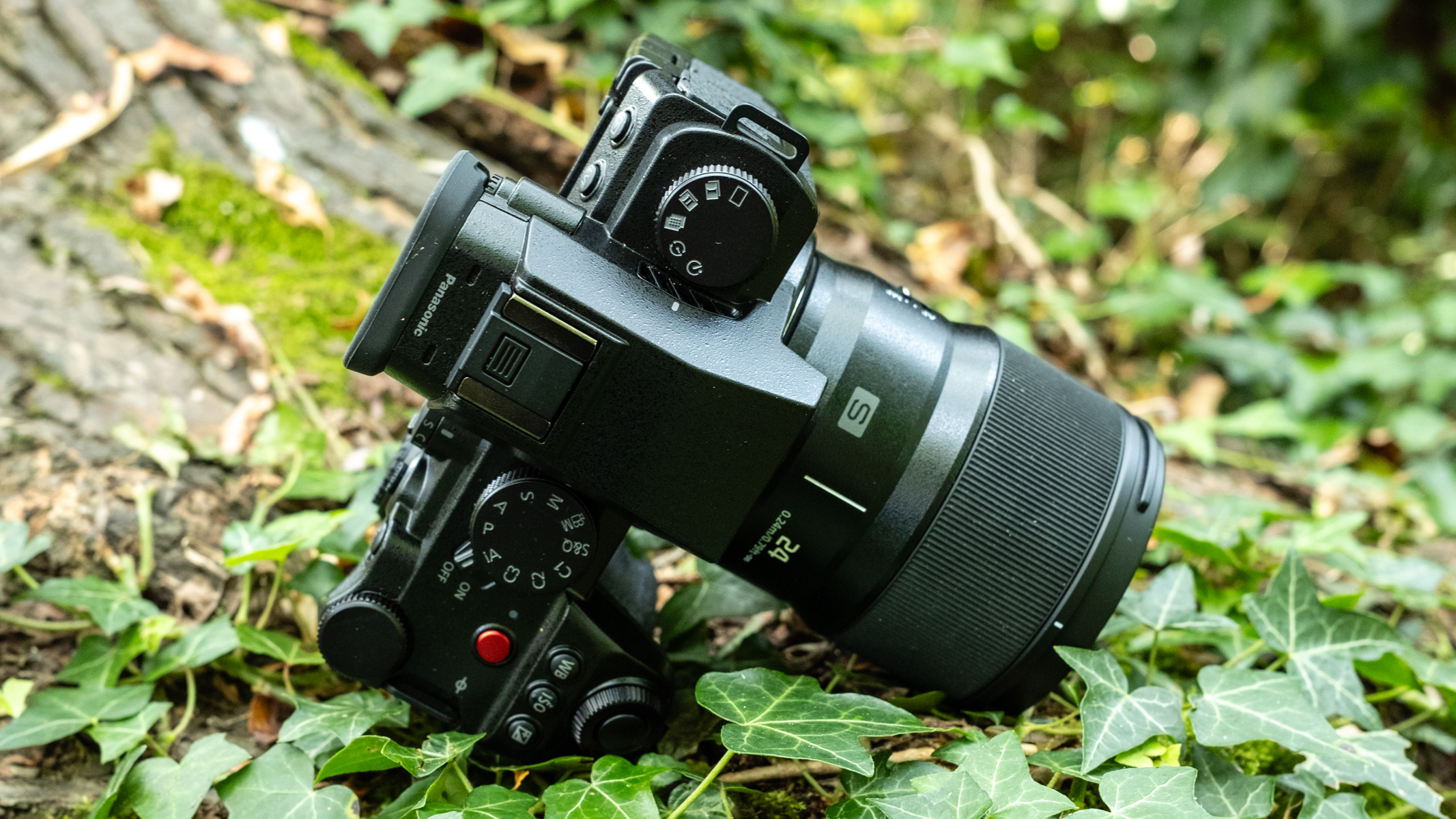
One thing you must do when shooting the night sky is to activate the Live View Boost in the camera menu. This boosts the EVF and LCD screen so that you can view dark scenes; without it, the screen is simply black. Most cameras can have settings tweaked accordingly to show darker scenes, but this specific setting is no bad thing and works well for extreme low-light photography. There is, however, a slight lag when manually focusing, so you have to turn the focus ring slowly.
In low light, the hybrid AF with 779 points uses Phase and Contrast Detection and performs impressively well, even for fast-moving subjects. Plus, there is subject detection to aid in capturing humans, animals, cars, and motorcycles. Of course, none of this applies to astrophotography, but if you do need to capture moving subjects in low light the S5IIx performs well in this situation and, of course, extremely well in brighter conditions.
Shooting banger racing is a subject that is unrelated to space and astrophotography, but what this subject does allow for is to test high ISO and autofocus performance in challenging conditions. So, even if you mainly shoot the night sky and focus manually, there is still a reasonable chance that you would use this camera for capturing other subjects.
Furthermore, the ISO settings used here are much higher than you would typically need for astrophotography when a fast prime lens is used; this helps to illustrate how good the more realistic ISO settings for astrophotography will be.
Panasonic Lumix S5IIx: Functionality
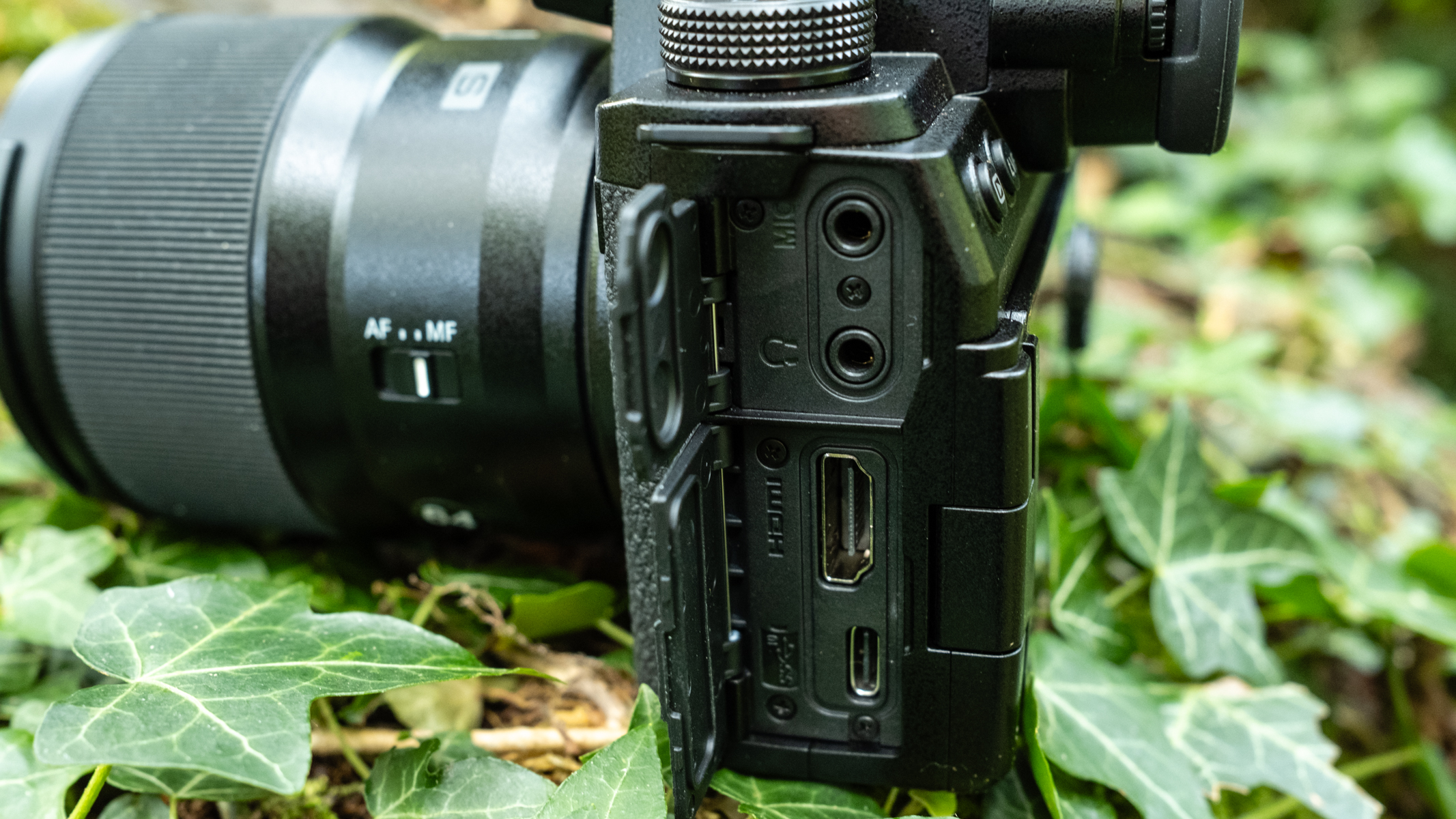
- Up to 6K Raw video output
- Dual Image Stabilization
- LUTs can be applied in-camera
The S5IIx is heavily featured towards video and can capture up to 4K in-camera or 6K 30p and 4K 60p up to 12-bit 4:2:2 in Apple ProRes RAW with Atmos Ninja V+, Ninja V, and Shogun Connect HDR monitor recorders. Blackmagic BRAW can also be captured with the Blackmagic Design Video Assist 12G HDR connected via the full-size HDMI port.
Shooting in Raw and flat video profiles provides a greater dynamic range than standard color profiles. This provides the ability to more effectively capture video of the aurora or meteors, but you will still need a fast prime lens as you would for stills photography. Video editing, does, however, become more involved with Raw because of huge file sizes and the need to process/color grade the footage.
You can also record video to an external SSD via USB-C and capture proxy video files for editing using the camera’s SD card slots; these offer several capture options when shooting photos and videos.
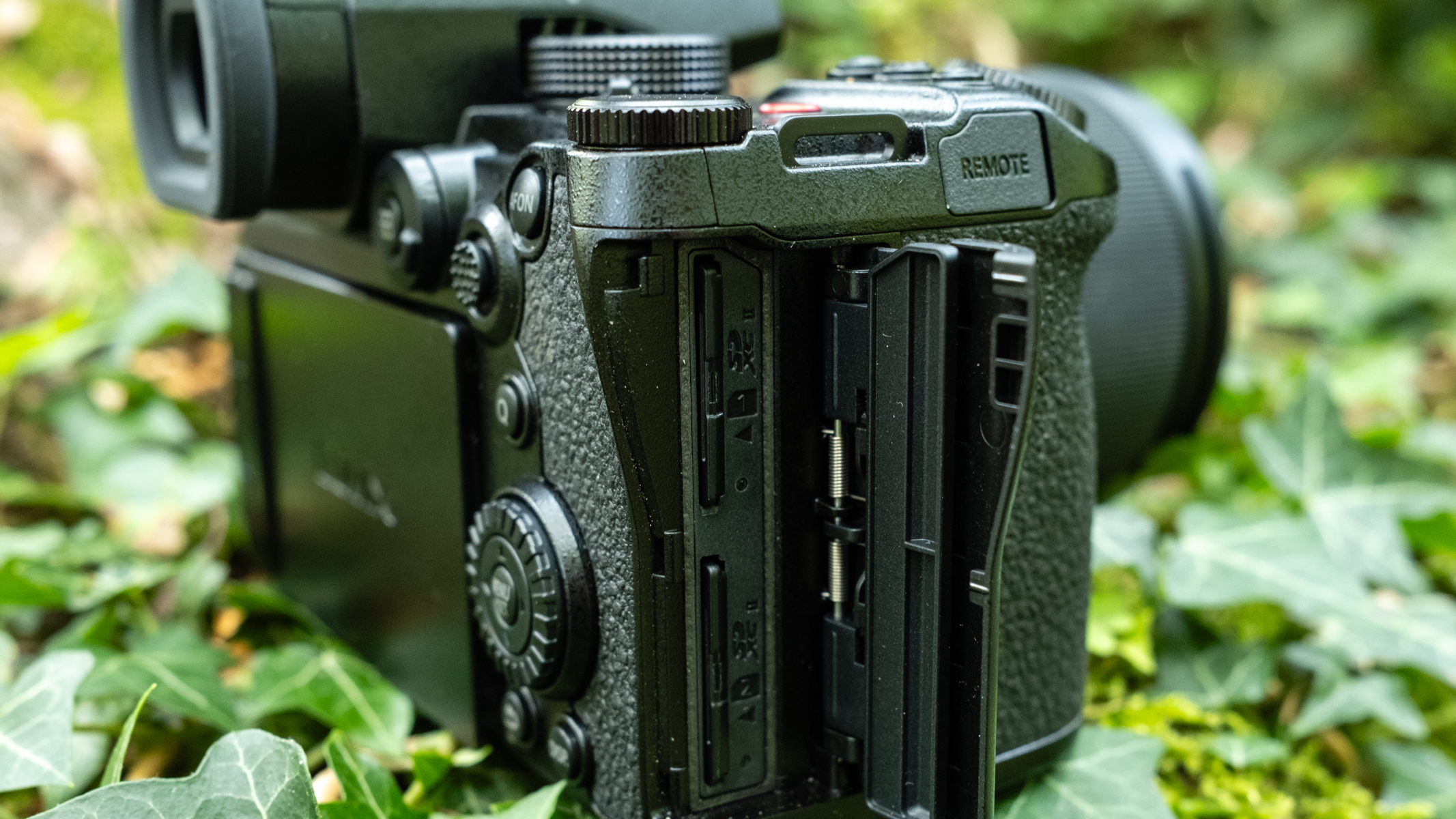
The cooling system allows the S5IIx to capture 6K Raw video without any overheating issues, which is incredible considering the overheating issues some cameras have capturing more compressed 4K footage. However, as previously mentioned, this does add a degree of bulk to the camera body.
Look-up Tables, (LUTs) can be applied directly to photos and videos in-camera. This can be useful for professionals shooting in flat RAW and Log codecs to allow them to view how the final footage may look during capture. Less experienced video editors can simply apply LUTs in-camera to flat footage to simplify their workflow while enjoying the benefits of flat footage.
The in-body Image Stabilization is excellent and provides up to 6.5 stops of compensation when paired with Optical Image Stabilization for shooting photos and videos. For the latter, this naturally helps to provide smoother footage when shooting handheld, while photographers can enjoy shooting handheld at much lower shutter speeds.
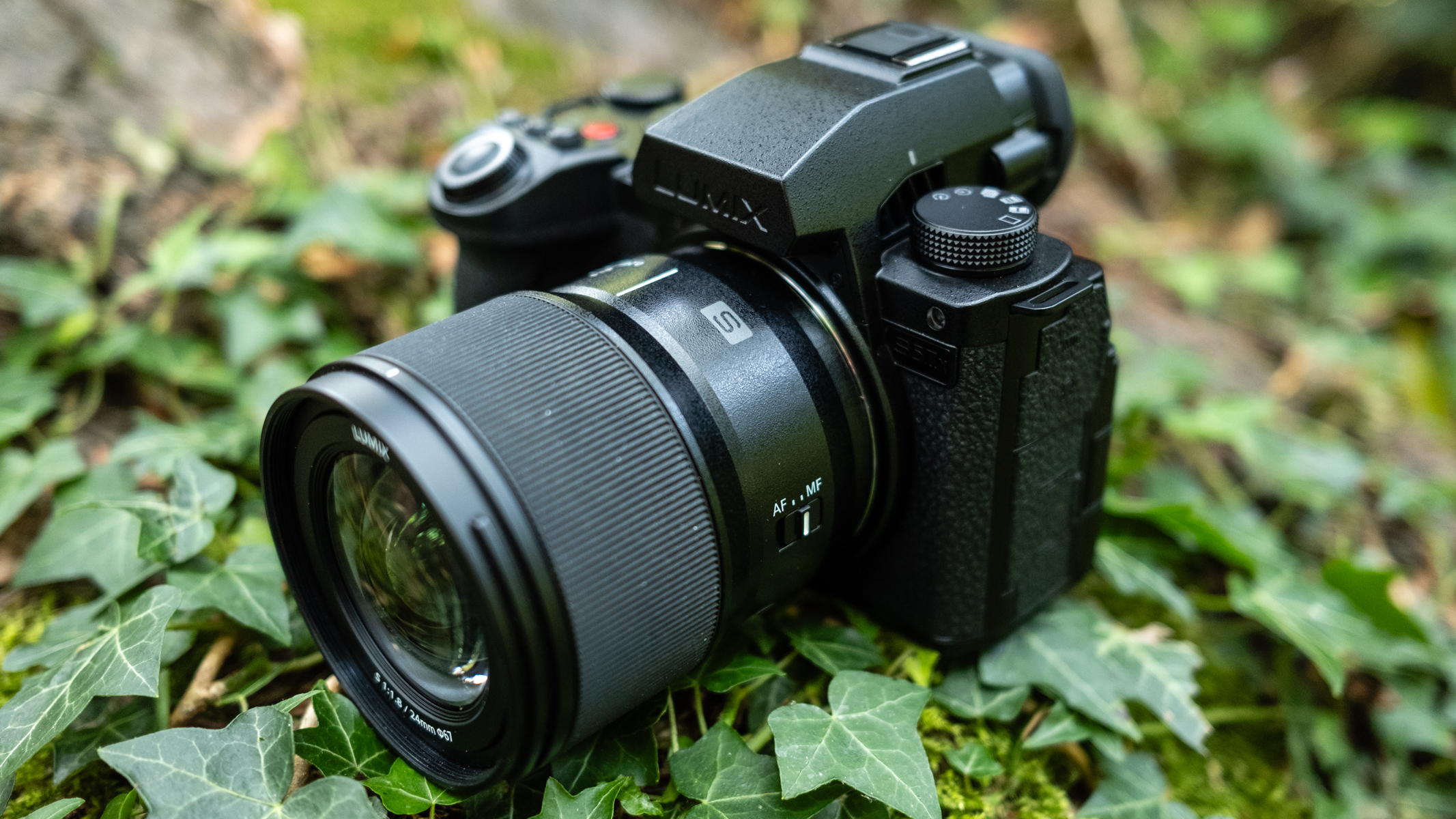
It is fair to say that battery life isn’t anywhere near as good as competitors, but a single charge will undoubtedly last long enough for the average shoot. One issue the camera does seem to exhibit is battery drain when the camera is switched off, and this occurs even when Bluetooth and WiFi are switched off. With this in mind, it is best to remove the battery from the camera body when not in use to maintain charge and avoid the risk of coming back to a camera with an empty battery.
Panasonic Lumix S5IIx: Price
The Panasonic Lumix S5IIx costs $2098 / £1899 body only, which is less expensive than many comparable full-frame cameras with a resolution of around 24MP, so it is good value for money in this respect but it’s not the cheapest. Kit deals with lenses are available, where savings can be made when compared to individual pricing, if the kits offer a lens that will be useful to you.
If you shoot astrophotography, you will need a fast prime lens. We tested the Panasonic Lumix S 24mm f/1.8 with the Lumix S5IIx and found it to be ideal. This lens will set you back $848 / £799, but even when combined with the camera’s body-only price, the overall cost remains competitive. The Panasonic Lumix S 18mm f/1.8 is an alternative option, and this lens costs $948 / £799.
Should you buy the Panasonic Lumix S5IIx?
The Panasonic Lumix S5IIx is arguably best aimed at videographers, but it is still a great general-use camera with excellent autofocus performance in low light, in-body Image Stabilization, and great overall image quality. ISO performance starts to drop quickly above ISO 6400, but for astrophotography, you shouldn’t need to go anywhere near this level if you’re using fast prime lenses, so it shouldn’t be a problem.
The main issue with the camera for low-light photography, and this may sound picky, is that the dial and button labels are dark gray, so they don’t stand out in daylight and can be difficult to see when shooting in darkness. Most astrophotographers use a headtorch, which you’d still need if the labels were white, but they do remain difficult to read if you are using the red light on a head torch. It’s certainly not a deal breaker, but it is something to be aware of.
If this camera isn’t for you
The Canon EOS R8 is a fantastic camera for astrophotography. With its 24.4MP sensor, it is the lightest full-frame Canon EOS camera available. It handles high ISO extremely well and is available for an attractively low price—even lower than the Lumix S5IIx.
If you have plenty of cash to splash and would like what is arguably the best mirrorless camera capable of capturing all subjects well, look no further than the Sony A1. It’s an incredibly advanced camera aimed at professionals, but it is an absolute powerhouse.
APS-C mirrorless cameras are typically smaller and lighter than their full-frame counterparts, which can be a blessing when trekking for many miles to reach isolated locations. The Fujifilm X-T5 delivers a 20.2MP sensor and some impressive technology despite its retro-inspired design.
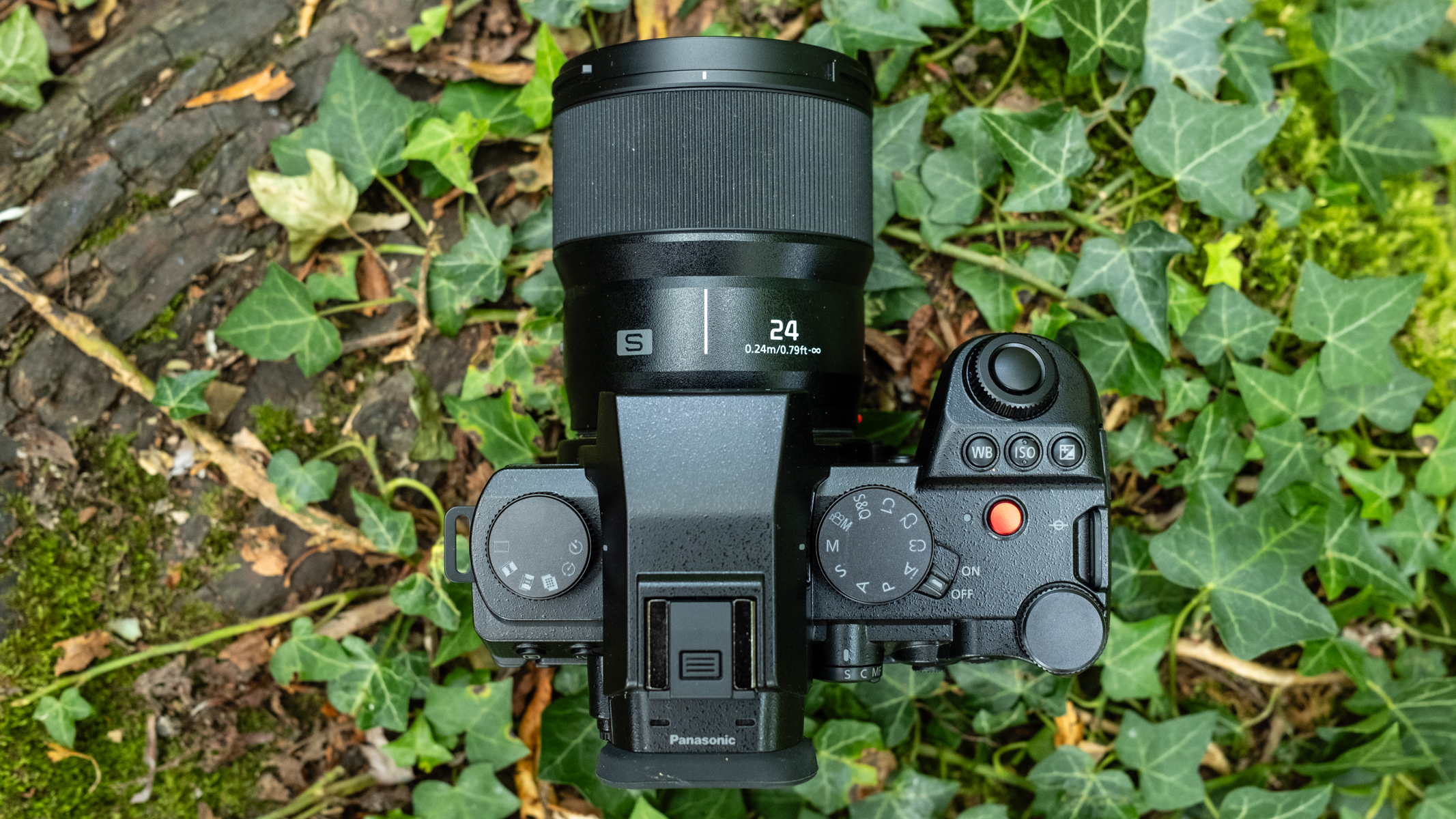
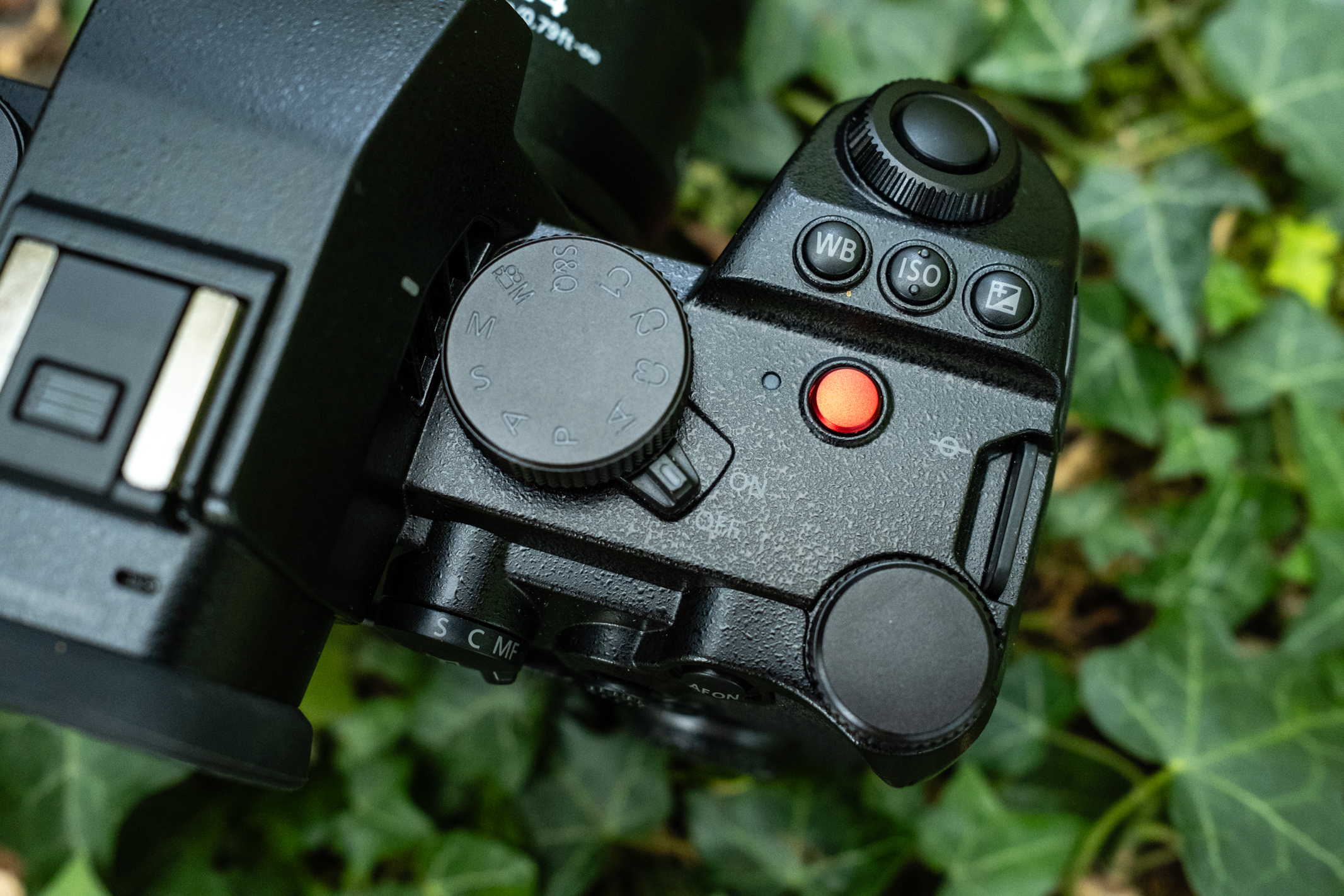
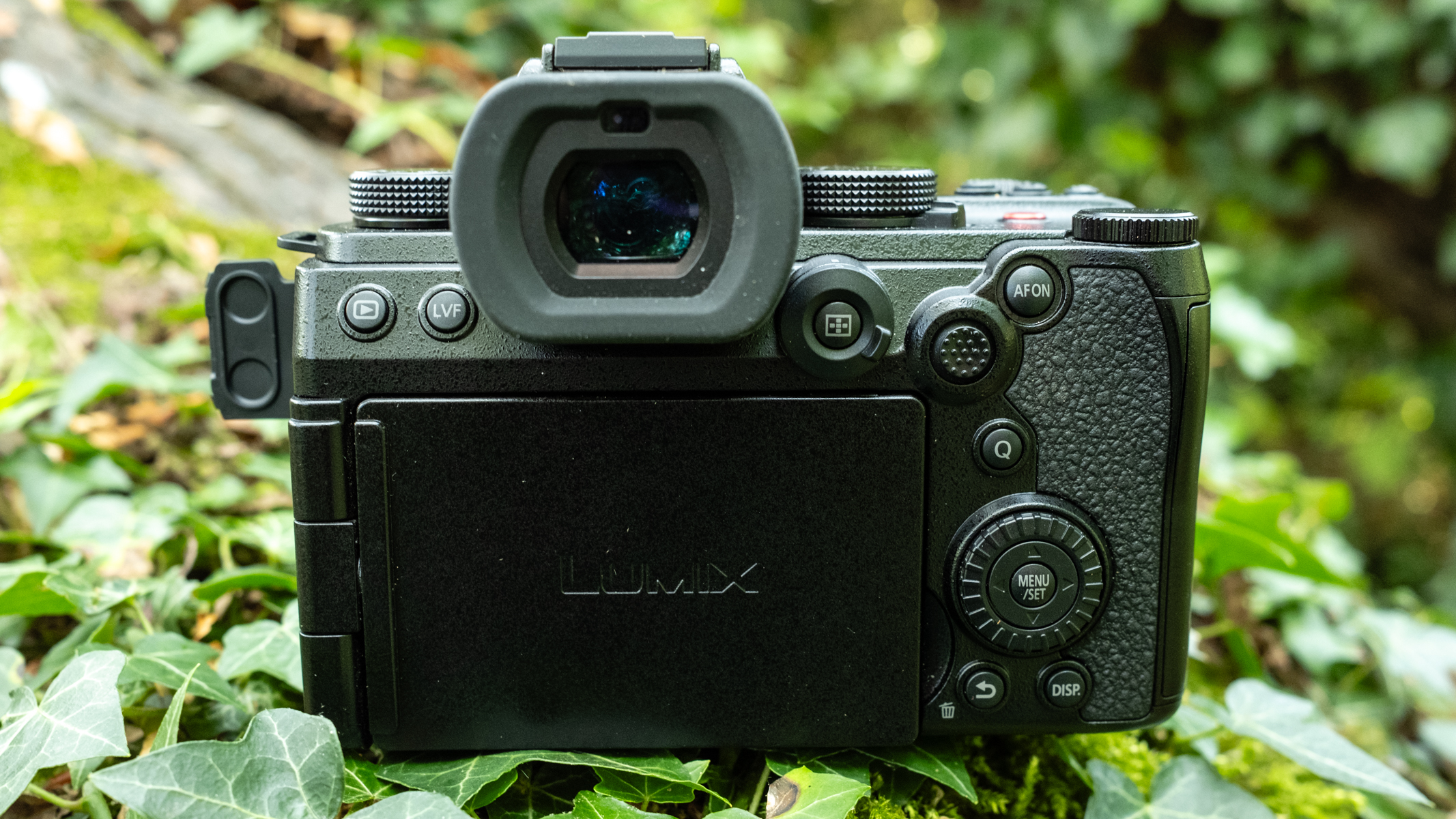
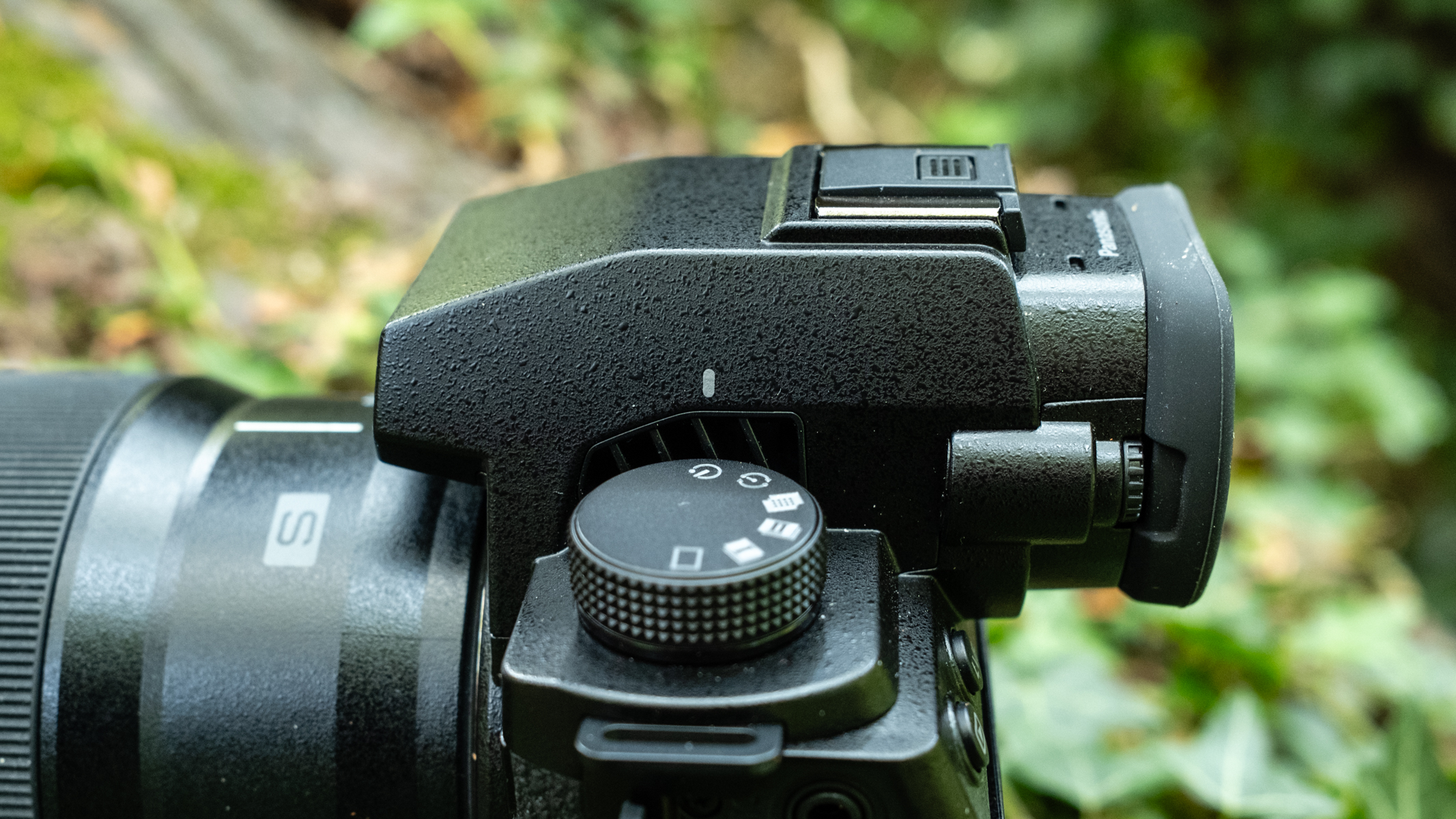

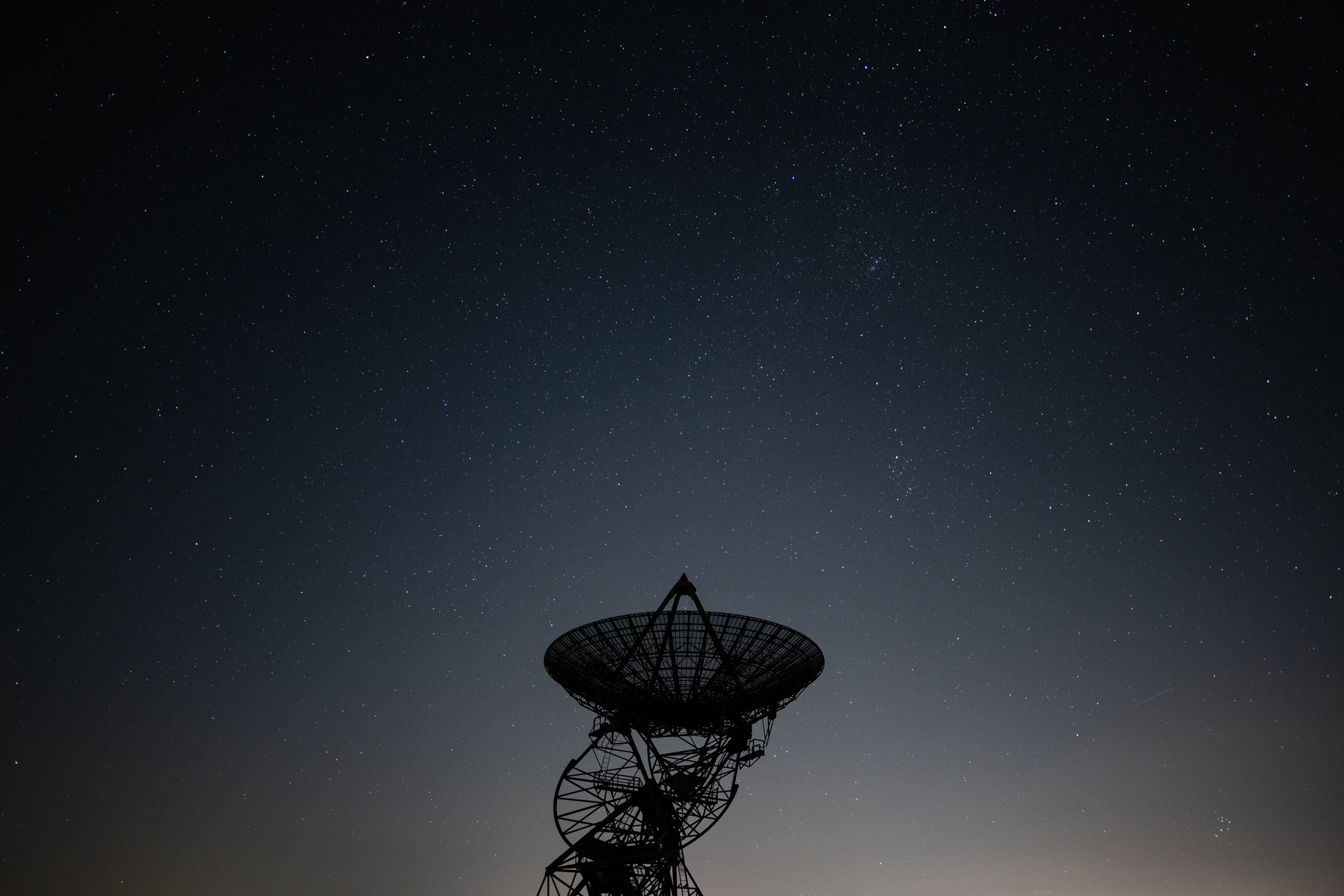
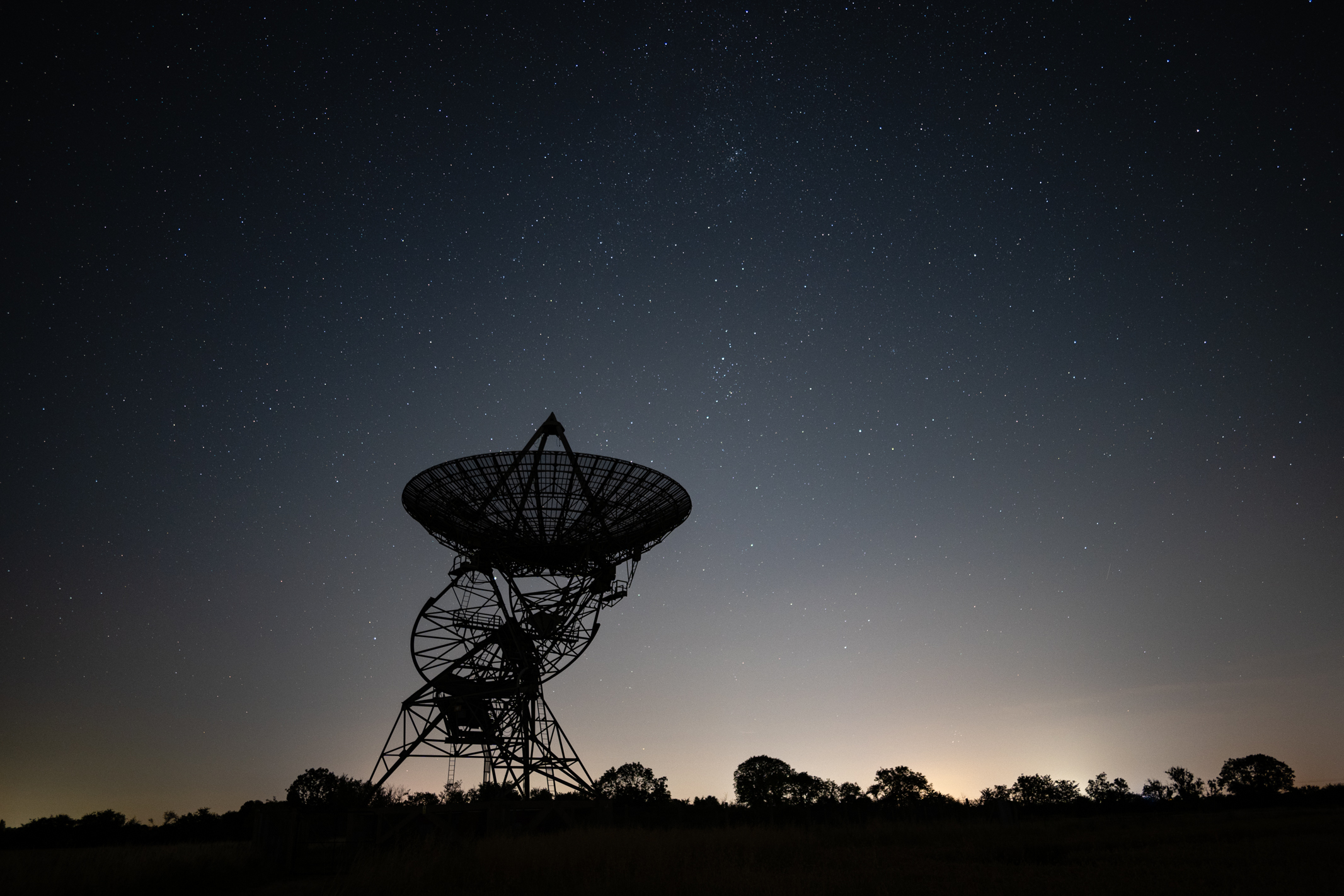
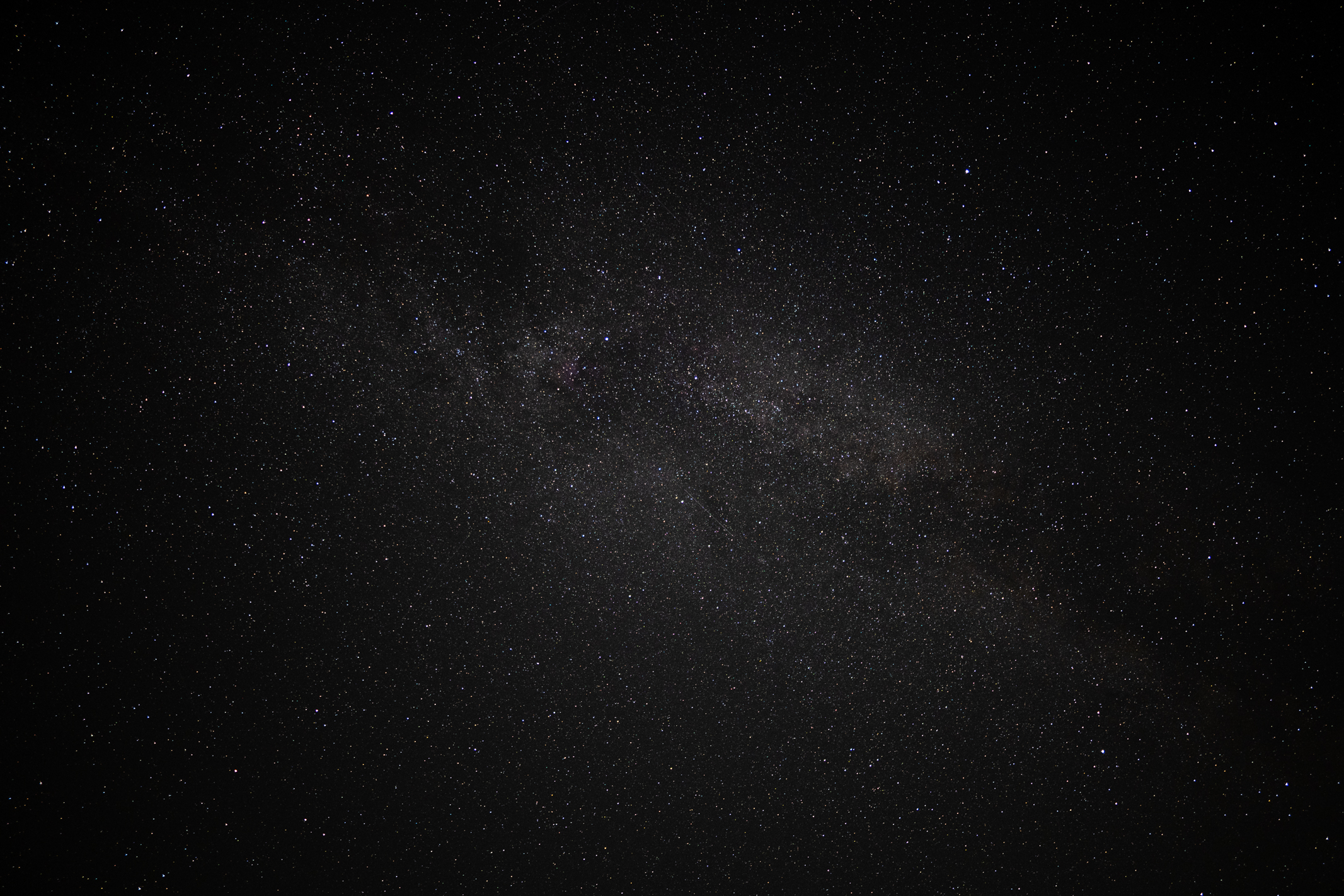
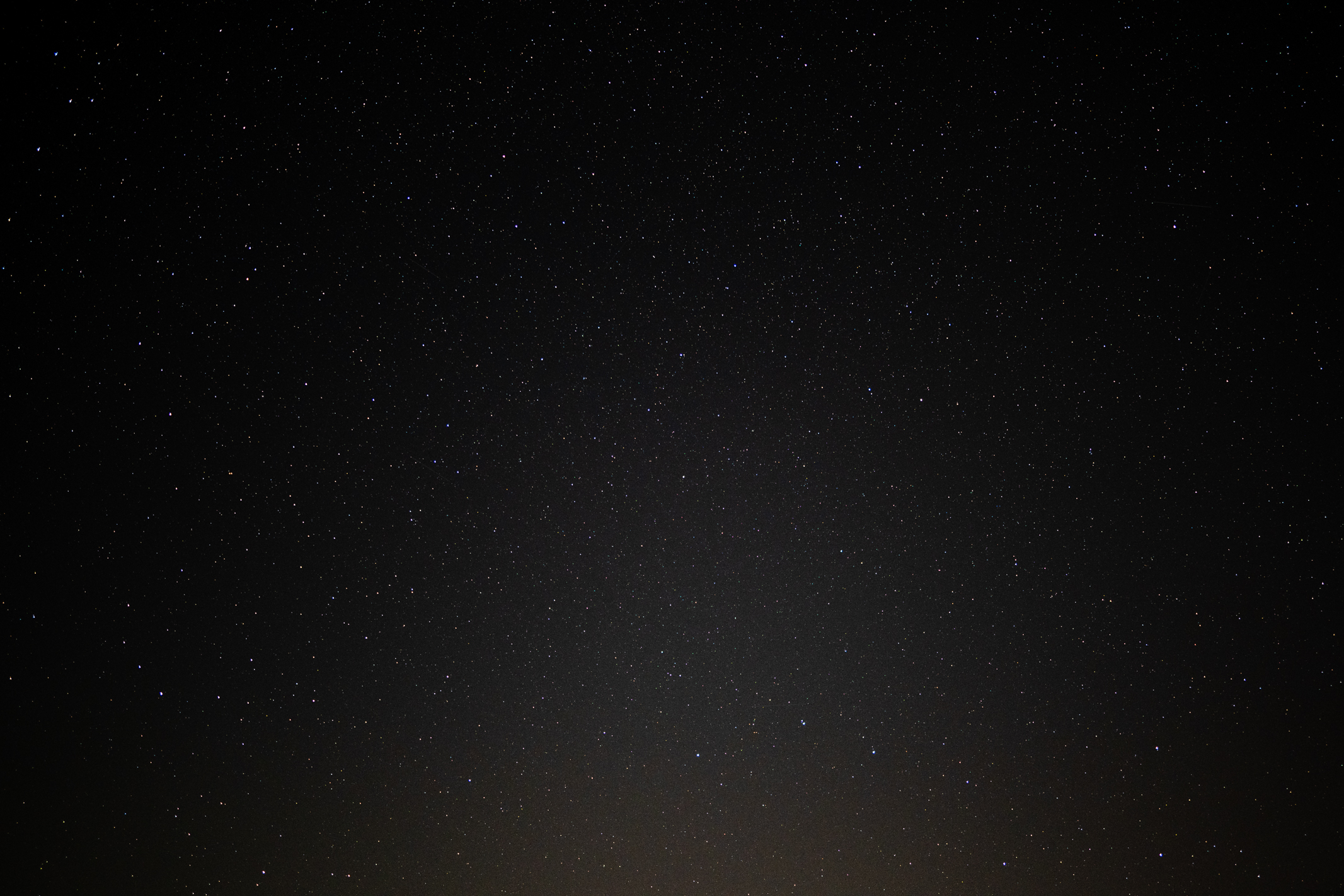




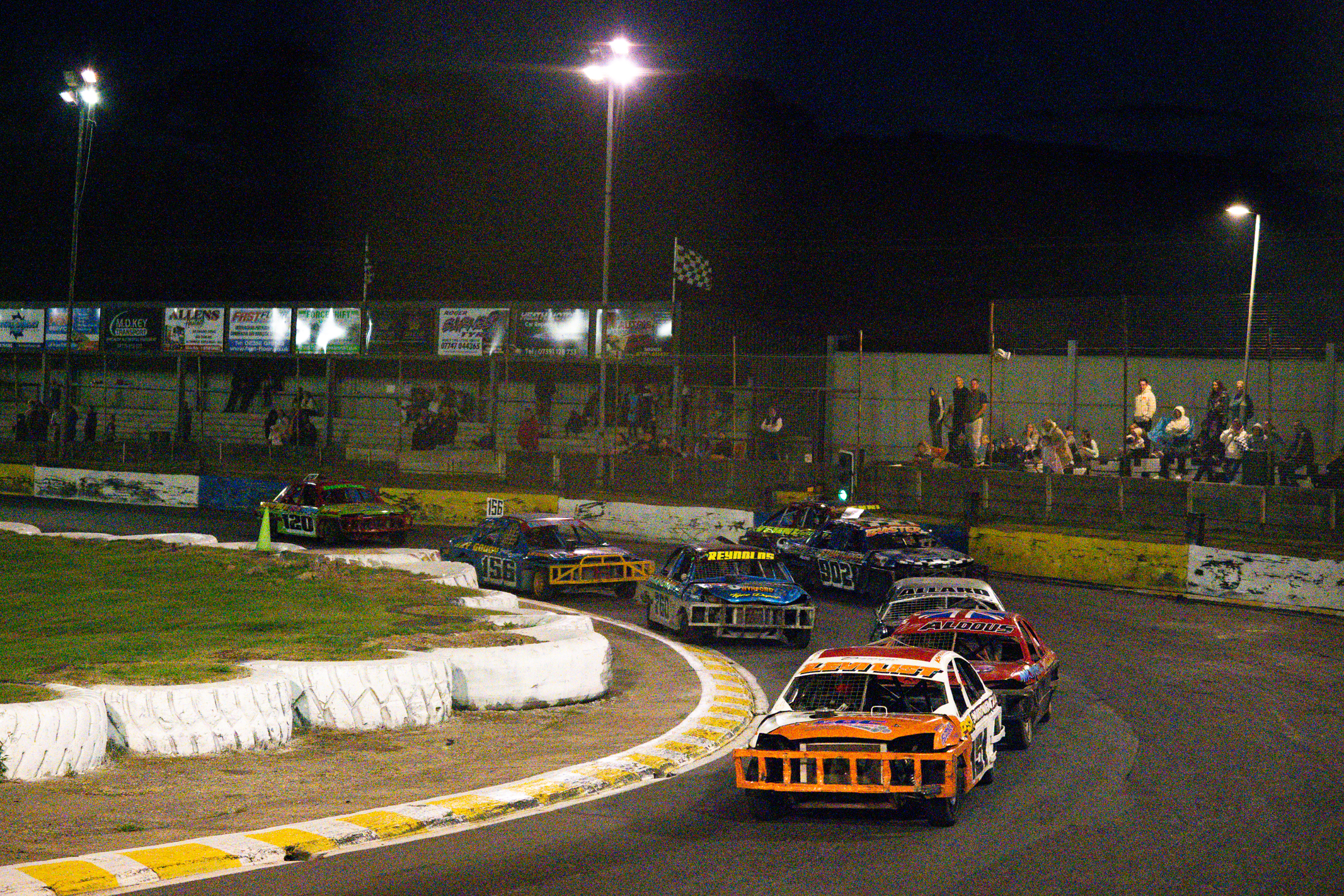









Leave a Comment